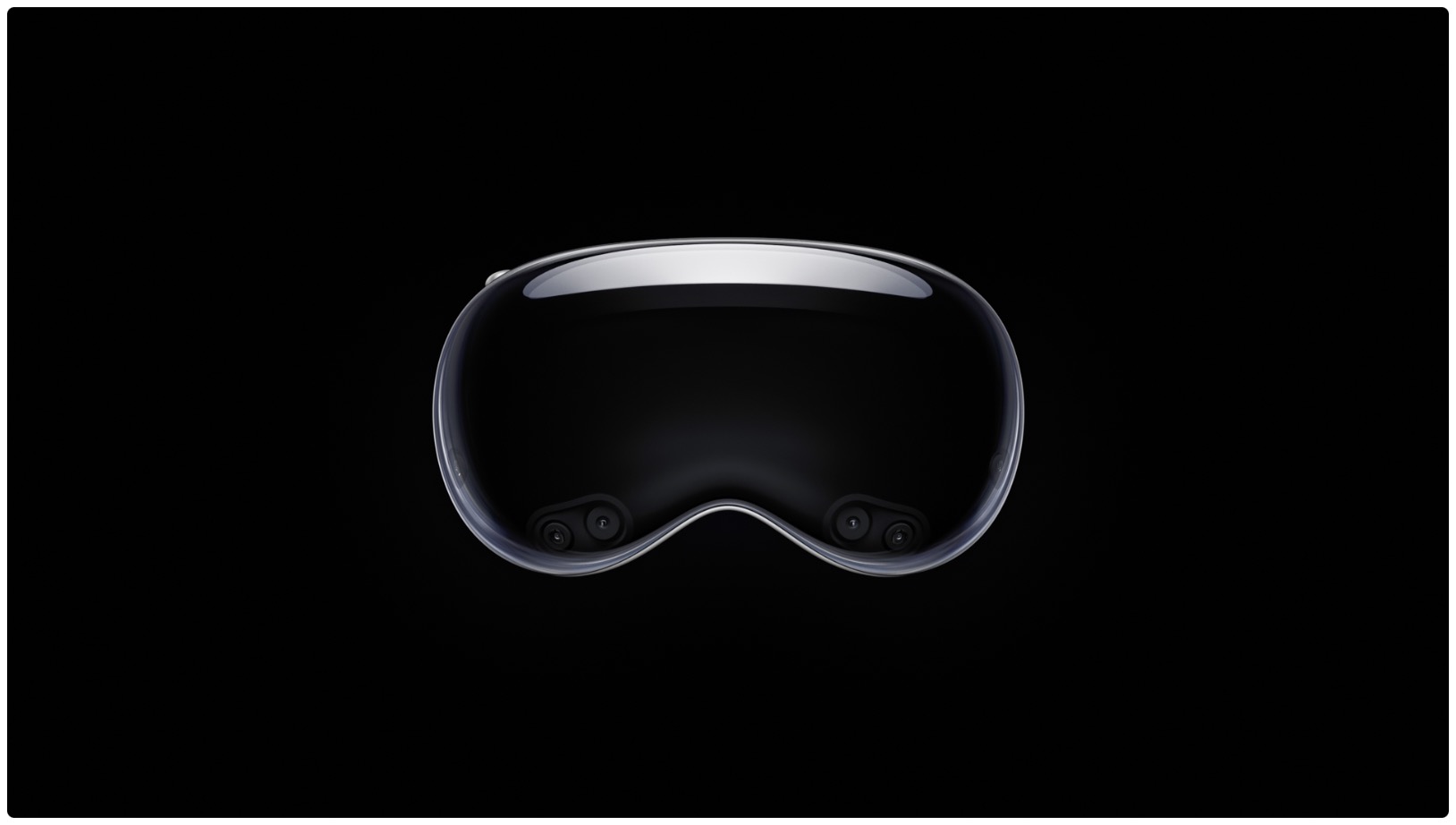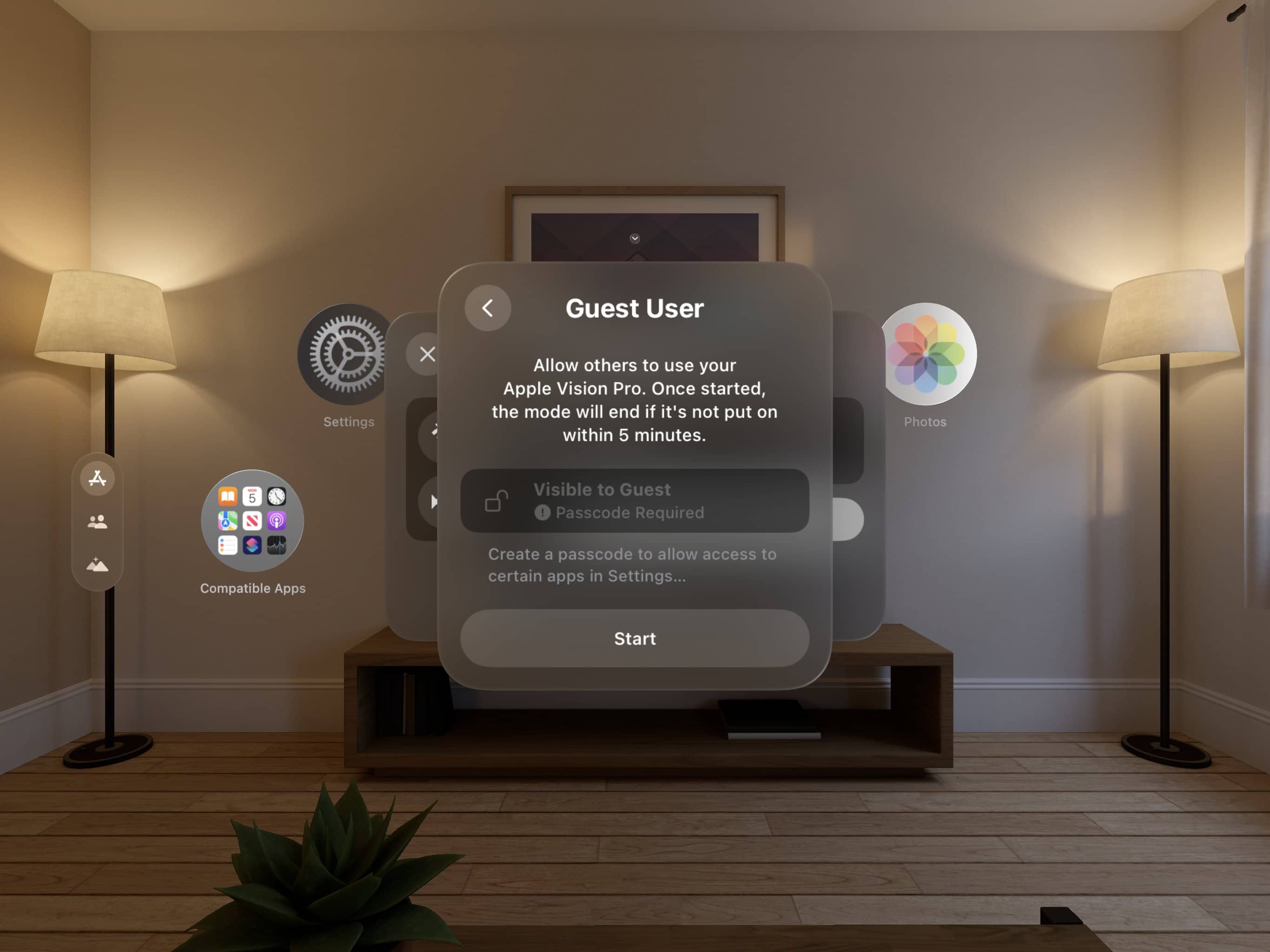Vision Pro has a speed limit to prevent car or train usage. It automatically hides VR content until you return to a safe speed.

Apple wants you to refrain from immersing yourself in virtual reality (VR) content on the Vision Pro while moving quickly or traveling in a vehicle.
“Virtual content has been temporarily hidden until you return to a safe speed” is among the messages the user might see when moving too fast.
Vision Pro has a speed limit
9to5Mac did a little code spelunking after the visionOS SDK dropped, discovering messages which suggest that the headset has some speed restrictions.
“The system may act as a protection so that users don’t try to interact with Vision Pro while driving a car,” the site notes. “At the same time, it could be related to the complexity of detecting the environment while the person is moving fast.”
“You’re too close to an object”
A similar safety feature could warn the user if they’re too close to a wall. 9to5Mac has discovered messages like “You’re too close to an object” and “Move back,” suggesting using the product in tight environments could be challenging.
To make using the headset on flights possible, visionOS provides Travel Mode that temporarily disables the speed restriction but requires that the user be stationary. “If you’re on an airplane, you’ll need to keep Travel Mode on to continue using your Apple Vision Pro,” reads another message in the visionOS code.
This isn’t the only limitation of Apple’s inaugural AR/VR headset.
A 10×10-feet safe box for VR

visionOS also creates a 10×10-feet system boundary for virtual reality, for example. The Vision Pro automatically enables passthrough video (augmented reality mode) when the user steps outside this safe area. This is a safety measure to prevent the kinds of VR falls and accidents you can find all over the place on YouTube.
For the same reason, the Vision Pro currently doesn’t support Fitness+, but that could change when second-generation models arrive in 2025. The underlying visionOS operating system has a few limitations, too.
And then, visionOS doesn’t support features like AirPlay, widgets and App Clips, but that could change in the future. On the other hand, visionOS provides a few specialized modes of operation to make the headset perform better in scenarios like watching movies on an airplane or sharing the headset with other users without having to authenticate with the Optic ID biometric system.